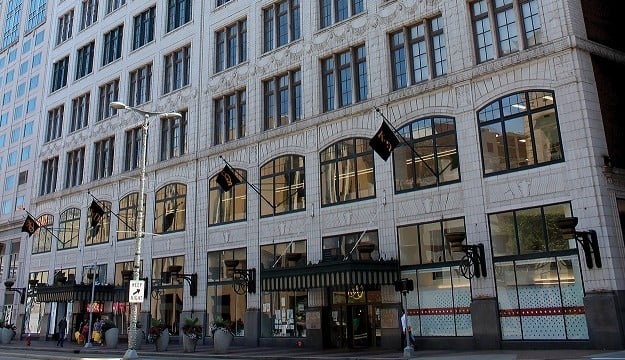In the office sector, where owners were forced to reduce asking rents by 13% between 2000 and 2003, the forecast states that investors "will have to wait until 2005 before a sizeable shift in fundamentals signals the beginning of another up-cycle." The disconnect between pricing and fundamentals should work itself out in the next three to four years, according to the report, and price appreciation likely will slow to a more sustainable pace until vacancy rates drop at least 300 basis points.
The report states that investors can expect office tenant demand to rebound in the first half of 2005 as the economy adds jobs at a steady pace in 2004 and 2005. "The market's relatively high cap rates will begin to attract the attention of investors from other sectors," states the report. Office sales volume is forecast to increase in 2004 with Class B and Class C transactions expected to rise the fastest, according to the report.
Multifamily owners can look forward to relief in 2004, but the recovery in market fundamentals will be muted, according to the report. Despite increasing renter demand due to rising consumer confidence and rising home prices, occupancy will be slow to recover, as there are still too many units in the development pipeline.
Concessions, which have been averaging one to three months of rent in most markets, will begin to abate in 2004, especially among class B and class C properties, according to the report. Overall, asking rents are expected to rise 1.5% in 2004. The median price per unit for class A properties has risen 26% since 2000, while class B and C owners have enjoyed a 37% gain over the same period.
"Relatively predictable returns offered by apartment investments have attracted enormous investor interest, driving prices higher," states the report. "With the economy improving, investors may consider upgrading from Class B and C properties to Class A investments."
Retail continues to have the strongest demand and will continue to be the most stable in 2004, according to the report. An economic recovery will push many investors toward properties in hard hit markets that are in need of repositioning, while historically tight markets will continue to attract dollars.
Despite 20 million sf of neighborhood and community center space being delivered in 2003, vacancy rose just 20 basis points to 10.5%, and that should be erased this year as tenant demand again will outpace new supply, which is expected to be 24 million sf in 2004.
Prices for shopping centers rose by an estimated 12% in 2003, to a median of $126 per sf, according to the report. "Grocery-anchored centers continue to be the darling of retail investment and are priced accordingly," states the report. "Single-tenant net-lease retail has benefited from several factors of late, and demand has pushed cap rates down to just over 8%."
Continue Reading for Free
Register and gain access to:
- Breaking commercial real estate news and analysis, on-site and via our newsletters and custom alerts
- Educational webcasts, white papers, and ebooks from industry thought leaders
- Critical coverage of the property casualty insurance and financial advisory markets on our other ALM sites, PropertyCasualty360 and ThinkAdvisor
Already have an account? Sign In Now
© 2024 ALM Global, LLC, All Rights Reserved. Request academic re-use from www.copyright.com. All other uses, submit a request to [email protected]. For more information visit Asset & Logo Licensing.








